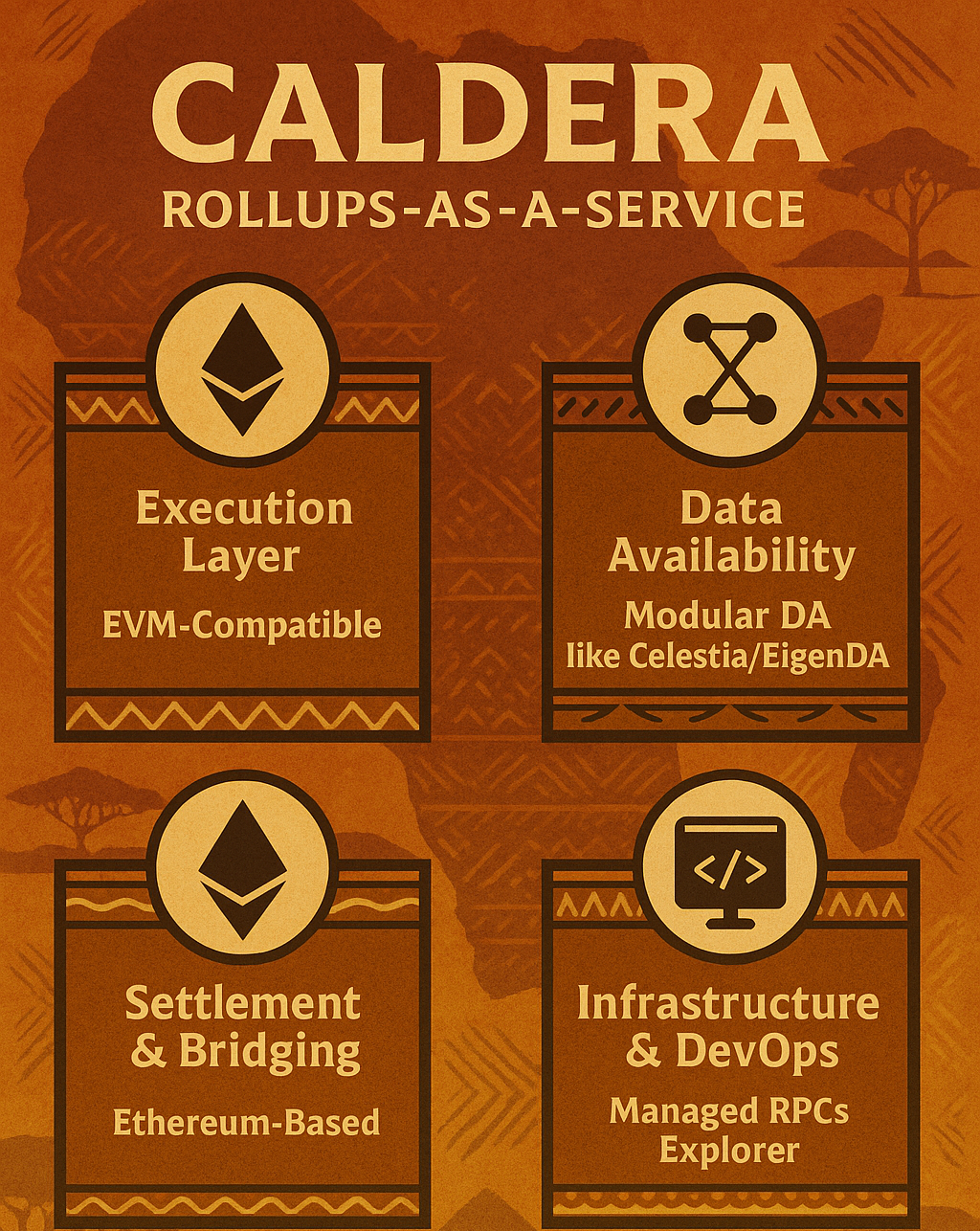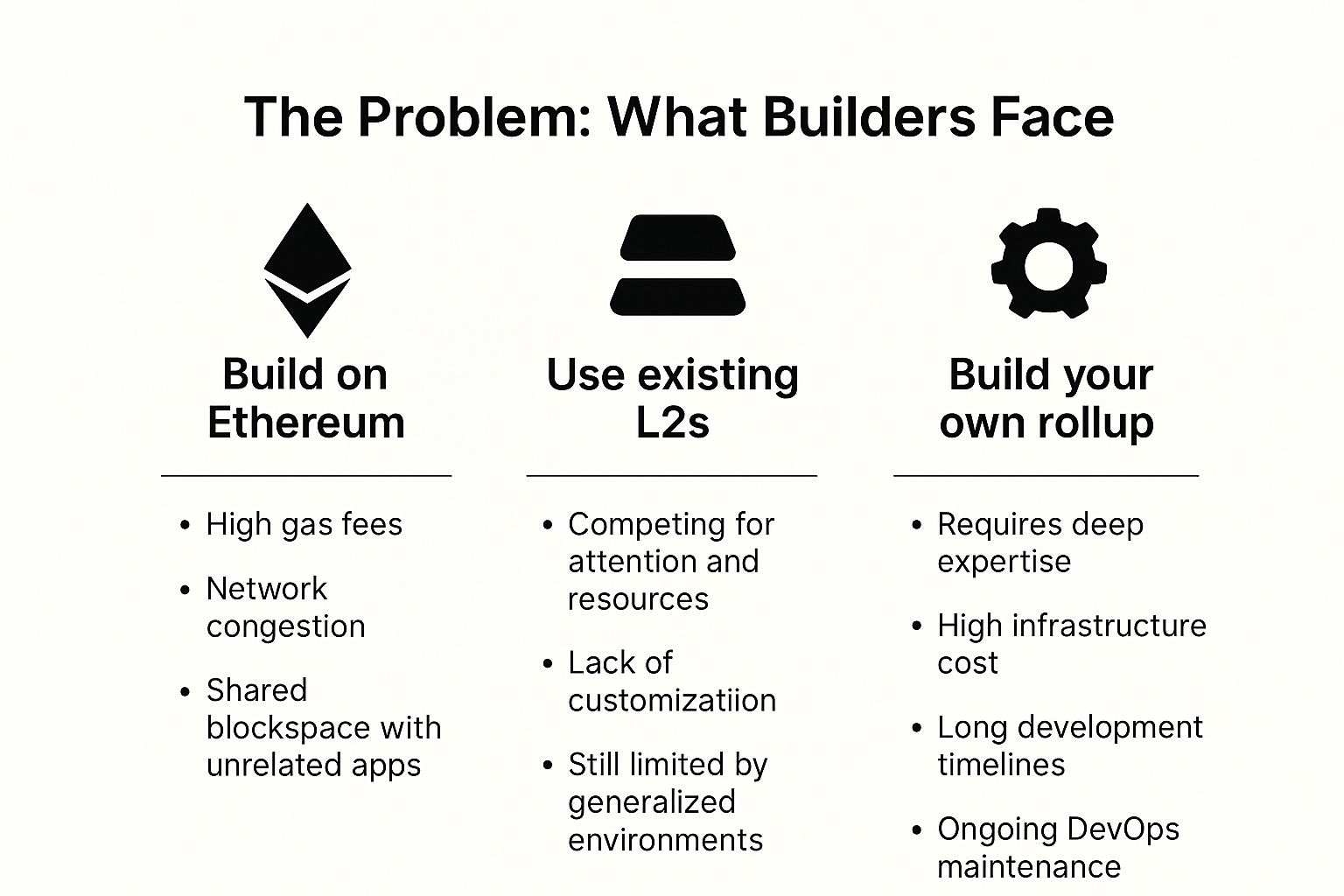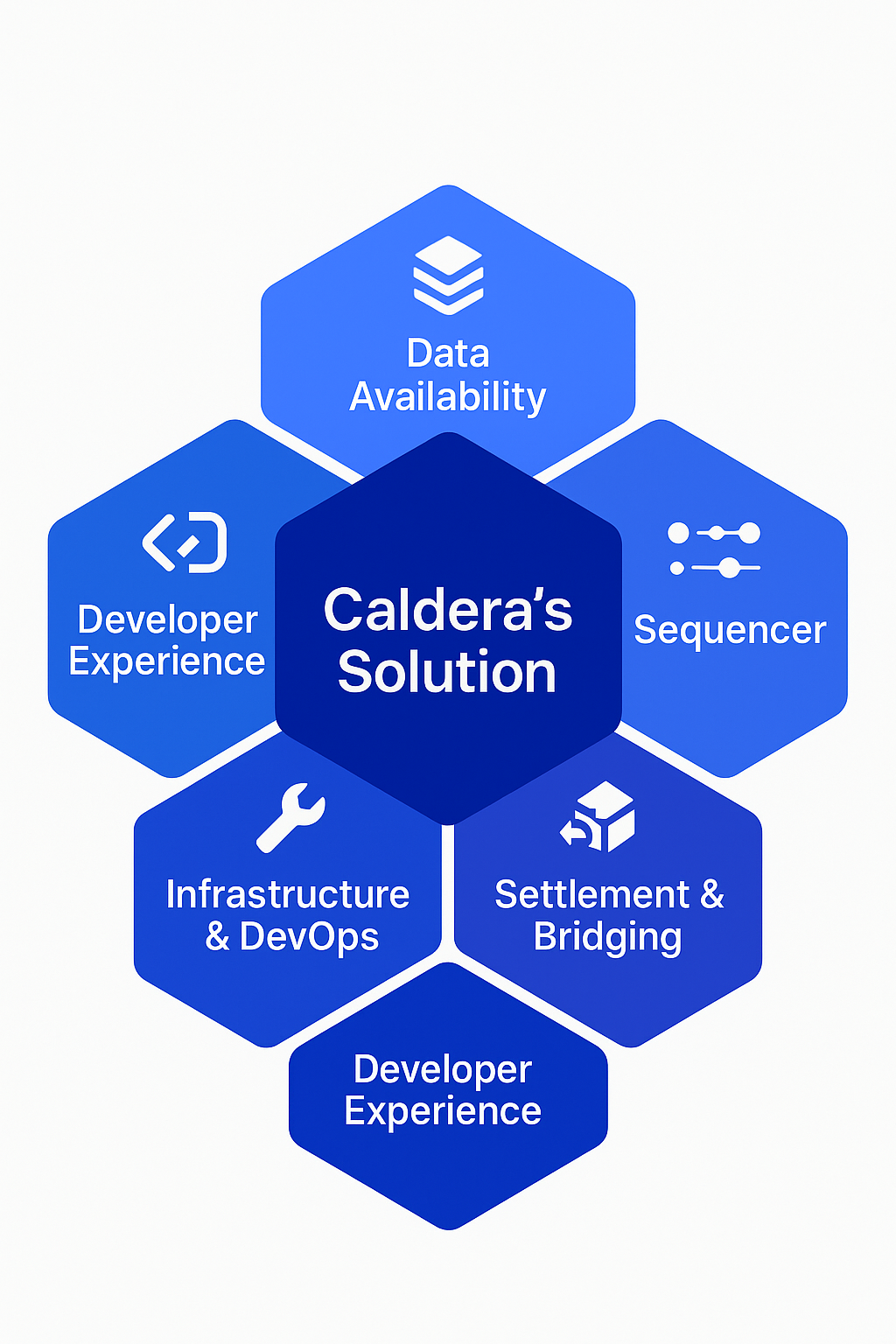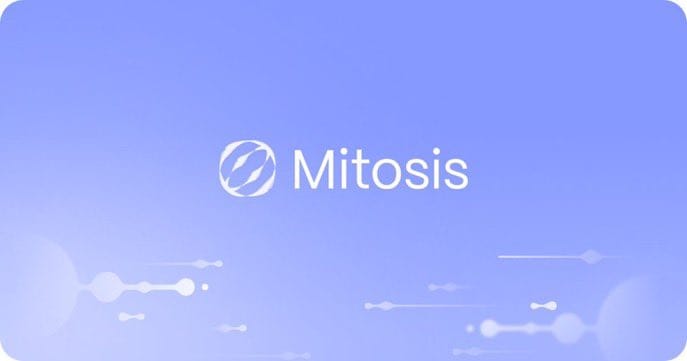Caldera Rollups-as-a-Service: Empowering Builders by Simplifying Blockchain Infrastructure.

In the fast-paced world of Web3, time is critical. For developers, launching a blockchain application often involves battling the heavy complexities of infrastructure, security, scalability, and network reliability.
But what if spinning up your own high-performance, customizable blockchain was as easy as launching a website?
That’s where Caldera comes in a Rollups-as-a-Service (RaaS) platform that removes the infrastructure headache from blockchain development.
Instead of spending months assembling a team of DevOps engineers, protocol specialists, and security experts, Caldera empowers teams to focus on building their product while it handles the backend.
The Problem: What Builders Faces
Before platforms like Caldera, builders had three choices, none of them ideal:
1. Build directly on Ethereum or another Layer 1
•High gas fees
•Network congestion
•Shared blockspace with unrelated apps
2. Deploy on existing L2s (like Arbitrum or Optimism)
•Competing for attention and resources
•Lack of customization
•Still limited by generalized environments
3. Build their own rollup from scratch
•Requires deep expertise in protocol engineering
•High infrastructure cost
•Long development timelines
•Ongoing DevOps maintenance
For startups and growing projects, these limitations block innovation, slow time-to-market, and increase burn rate.

Caldera’s Solution: Rollups Without the Overhead
Caldera offers a powerful yet simple proposition: Launch your own blockchain in minutes without writing infrastructure code.
It provides a fully managed Rollup-as-a-Service stack that handles everything from chain deployment to monitoring, bridging, and scaling.
Here’s how Caldera breaks it down:
1. Execution Layer: EVM-Compatible and Customizable
Caldera’s rollups are built on EVM-compatible stacks like OP Stack and Arbitrum Orbit, so developers can use tools they already know (Hardhat, Foundry, etc.). You get your own dedicated chain, not just a contract on someone else’s.
This is a game-changer for:
• DeFi protocols needing control over gas models and governance
• Games requiring fast and cheap transactions
• Info-fi apps building unique token economies
2. Data Availability: Modular and Flexible
Instead of relying solely on Ethereum calldata (which is expensive), Caldera integrates with modular DA layers like:
•Celestia
•EigenDA
This drastically reduces costs and allows builders to choose the level of decentralization and security they need.
3. Sequencing: Fast and Centralized (For Now)
Caldera provides a centralized sequencer by default for ultra-fast performance great for MVPs, games, and real-time applications.
Future upgrades will support decentralized sequencers (e.g., Espresso, Radius) to remove trust assumptions.
This approach balances speed now with decentralization later, giving builders room to evolve.
4. Settlement & Bridging: Ethereum at the Core
Caldera chains settle on Ethereum (or other L1s) and come with built-in bridging solutions, making it easy to move assets in and out.
Builders don’t have to configure complex bridge contracts, it’s all abstracted.
5. Infrastructure & DevOps: Fully Managed
This is where Caldera truly shines: no need for in-house infrastructure engineers. It handles:
•Node management
•RPC endpoints
•Monitoring and logs
•Block explorers
•Testnet + Mainnet deployments
You get enterprise-grade uptime with none of the maintenance burden.
6. Developer Experience: Built for Speed
Caldera supports:
•Native gas tokens (you’re not stuck with ETH)
•Custom governance frameworks
•Full documentation and dev-friendly SDKs
•Rapid deployment pipelines
The goal? Let you launch, test, and scale faster and grow your ecosystem without fighting the chain itself.

Real Impact: Why This Matters
Caldera isn’t just a technical product it’s a bridge between Web3’s promise and builders’ reality.
➠Startups can launch appchains without raising millions.
➠Communities can govern their own rollup economies.
➠Developers can focus on building apps, not blockchains.
It removes barriers and flattens the learning curve, making blockchain more accessible, customizable, and scalable.
Conclusion:
Infrastructure That Works for You
In an ecosystem that often asks builders to reinvent the wheel, Caldera offers a smarter path: build on your own terms without giving up time, control, or cost-efficiency.
As Rollups-as-a-Service continues to grow, platforms like Caldera will play a key role in turning brilliant Web3 ideas into fully deployed, thriving ecosystems all with less friction and more firepower.
Terms & Definition
Rollup: A Layer 2 blockchain that batches transactions off-chain and posts proofs to a Layer 1 chain.
Rollups-as-a-Service (RaaS): A platform that allows developers to easily deploy custom rollups without managing the infrastructure.
EVM-Compatible : Supports Ethereum’s Virtual Machine, enabling apps and smart contracts to run on the chain.
Sequencer: The entity that orders transactions in a rollup. Can be centralized or decentralized.
Data Availability (DA): Refers to where transaction data is stored and made accessible for verification.
Settlement Layer: The base blockchain (e.g., Ethereum) where rollups post state roots and proofs.
Celestia / EigenDA: Modular data availability networks that store and broadcast rollup transaction data.
OP Stack / Arbitrum Orbit : Frameworks for building EVM-compatible Layer 2 rollups with support for customization.
Bridge: A protocol allowing assets and messages to move between two different blockchains.
Smart Contract: Code deployed on a blockchain that executes automatically when conditions are met.
RPC (Remote Procedure Call): A communication protocol used by apps to interact with blockchain nodes.
References & Helpful Links
1. Caldera Official Website https://www.caldera.xyz
2. OP Stack (by Optimism) https://stack.optimism.io
3. Arbitrum Orbit https://arbitrum.io/orbit
4. Celestia – Modular DA Layer https://www.celestia.org
5. EigenLayer / EigenDA https://www.eigenlayer.xyz
6. What Is a Rollup (Ethereum Foundation) https://ethereum.org/en/developers/docs/scaling/rollups/
7. LayerZero – Interoperable Messaging Protocol https://layerzero.network
8. The Graph – Blockchain Indexing Protocol https://thegraph.com
9. Hardhat – Ethereum Development Environment https://hardhat.org
10. Foundry – Smart Contract Development Toolkit https://book.getfoundry.sh


Comments ()